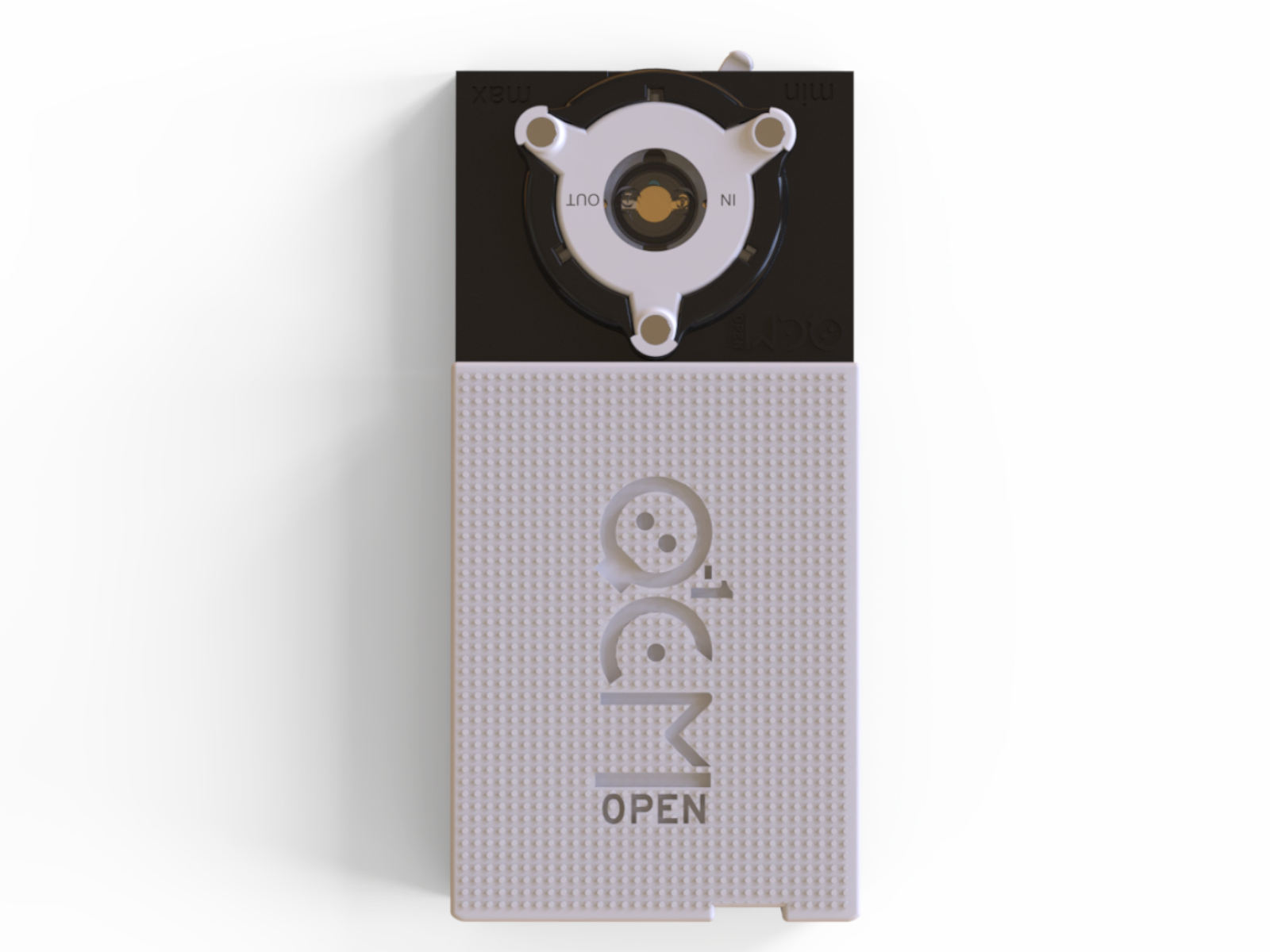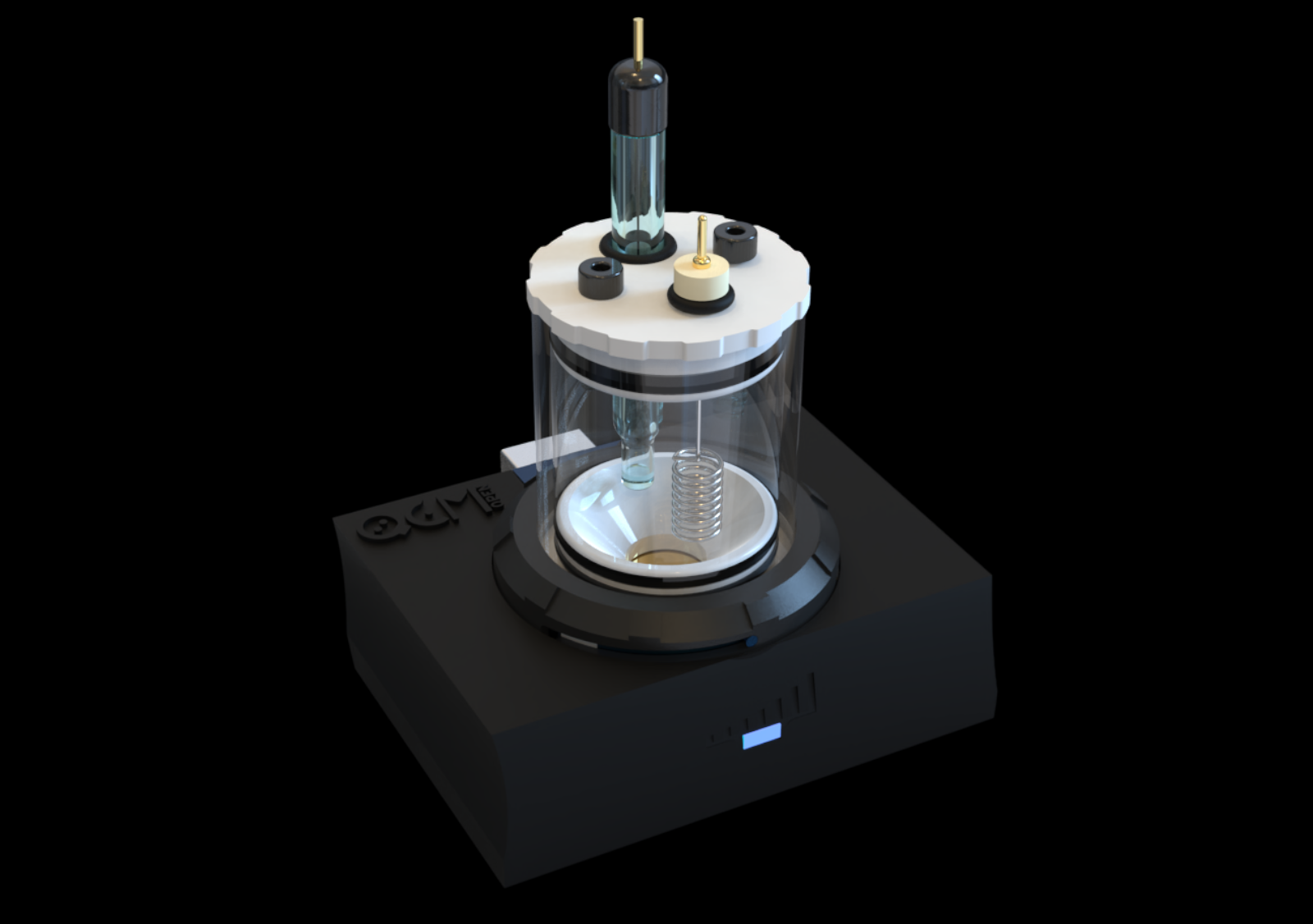WE DESIGNED KEEPING IN MIND THE CONCEPT OF MODULARITY
The modular design give us the maximum flexibility for future improvements. For example, it would be easier to modify the original main electronic design, based on the feedback coming from the scientific community, without the need to change the whole device.








